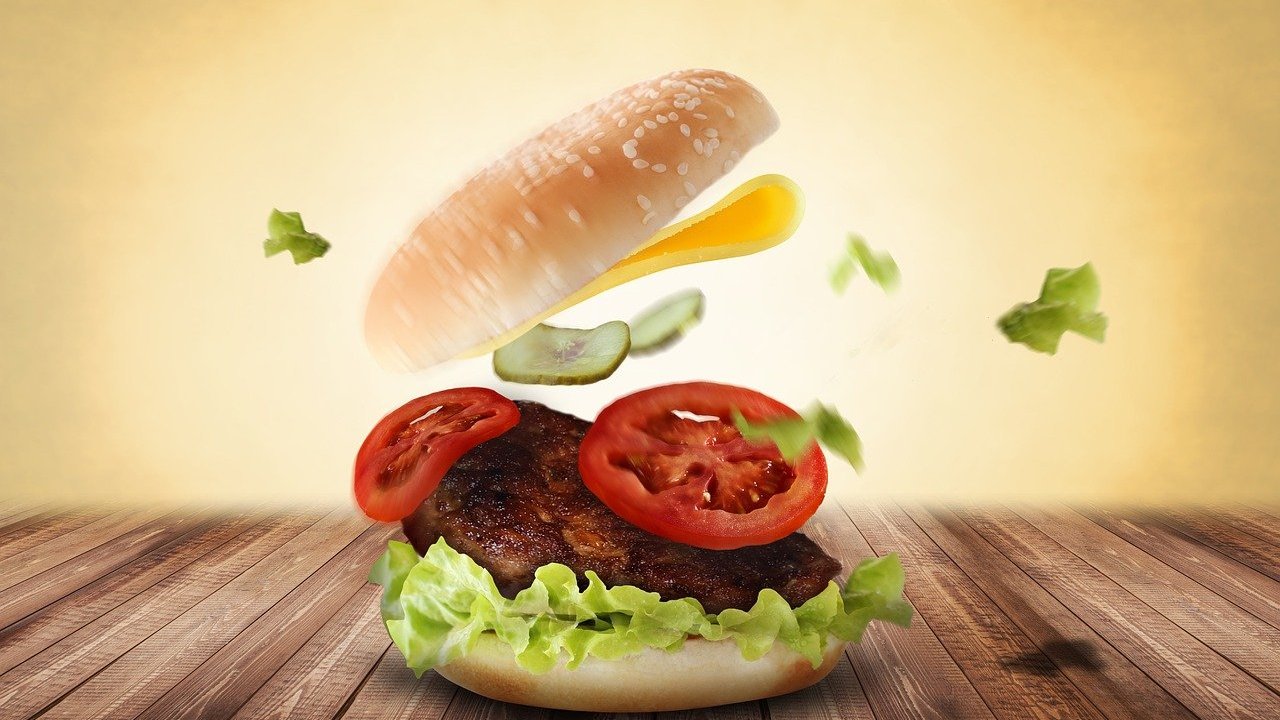
If there's one cooking technique that's as dynamic and flavorful as it is practical, it's stir-frying. With its roots in Asian cuisine, stir-frying has now become a go-to method for cooks of all skill levels around the world. Why? Because it's quick, healthy, and most importantly, it has the ability to turn simple ingredients into a meal bursting with flavor. But to really nail it, you'll need a few techniques up your sleeve. Here, we're diving deep into four techniques that guarantee crisp veggies and tender meats in your stir-fry.
Technique 1: Prep your ingredients
One of the key aspects of a stellar stir-fry is the preparation of the ingredients. This is known as 'mise en place' in professional cooking.
- Cut your veggies and meat evenly: When stir-frying, size does matter. Try to cut your ingredients into uniform sizes to ensure even cooking.
- Dry your ingredients: Pat dry your veggies and meat. Wet ingredients will not sear properly and can cause your stir-fry to be soggy.
- Season your meat: Marinate your meat before cooking. The marinade can be as simple as soy sauce, sesame oil, and cornstarch.
Technique 2: The order of cooking
Getting the order right can make or break your stir-fry. Denser vegetables like broccoli or carrots must go in first as they take longer to cook. Meat is usually cooked first and then set aside.
Here's a simple table to guide you through the order:
Technique 3: Control the heat
Controlling the heat is essential in stir-frying. You need high heat for searing meat and veggies to attain a nice color and flavor. But, too high, and you might burn your food.
- Preheat your pan: Before adding any ingredient, ensure that the pan is hot.
- Don't overcrowd the pan: Overcrowding can lower the pan's temperature, preventing the ingredients from searing and leading to a soggy stir-fry.
- Add oil in stages: You don't need to add all the oil at once. Add oil as you cook different batches of ingredients.
Technique 4: Use the right tools
You don't need a wok to stir-fry, but it can certainly help get that 'wok hei' or breath of wok – a coveted flavor in Chinese cooking. If you don't have a wok, a flat-bottomed pan will work just fine.
- Wok or flat-bottomed pan: Woks have high, curved sides that allow ingredients to be quickly tossed and cooked evenly. A flat-bottomed pan, on the other hand, provides a larger surface area for ingredients to get a good sear.
- Spatula: A good spatula is crucial when stir-frying. It should be sturdy enough to flip ingredients without causing them to break.
Mastering these techniques will not only improve your stir-frying skills but will also help elevate your entire cooking game. With practice and patience, you'll be whipping up dishes with crisp veggies and tender meats that will be the talk of the table.









